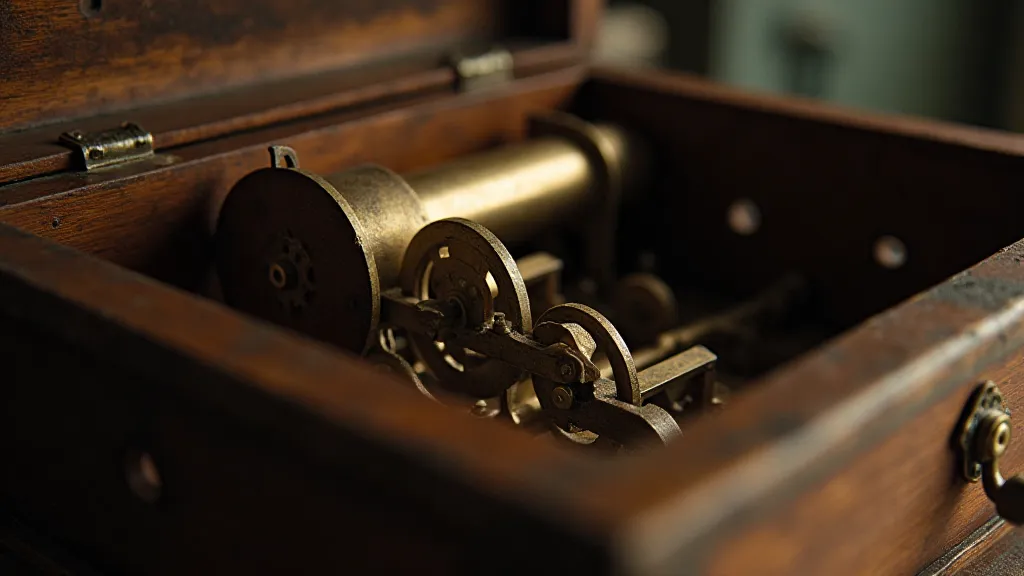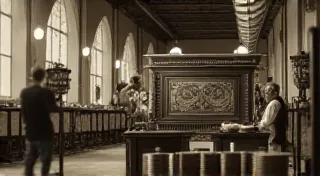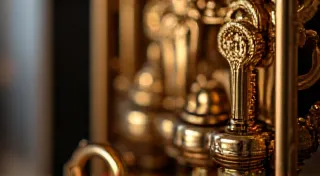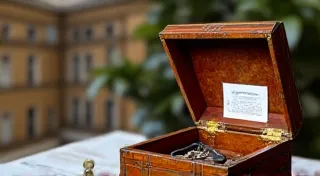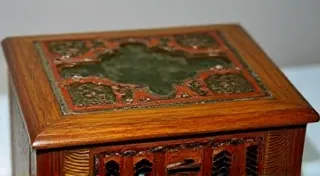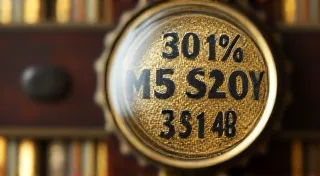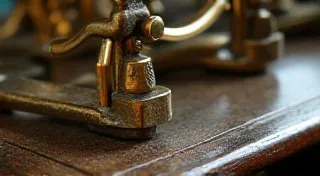The Sounds of History: Exploring the Music of Antique Music Boxes
Antique music boxes are more than just intricate mechanical marvels; they are miniature time capsules, preserving fragments of musical history. The melodies they produce transport us to a bygone era, offering a unique window into the cultural tastes and artistic sensibilities of the late 19th and early 20th centuries. Understanding the music within these boxes enhances our appreciation for their artistry and their place in history.
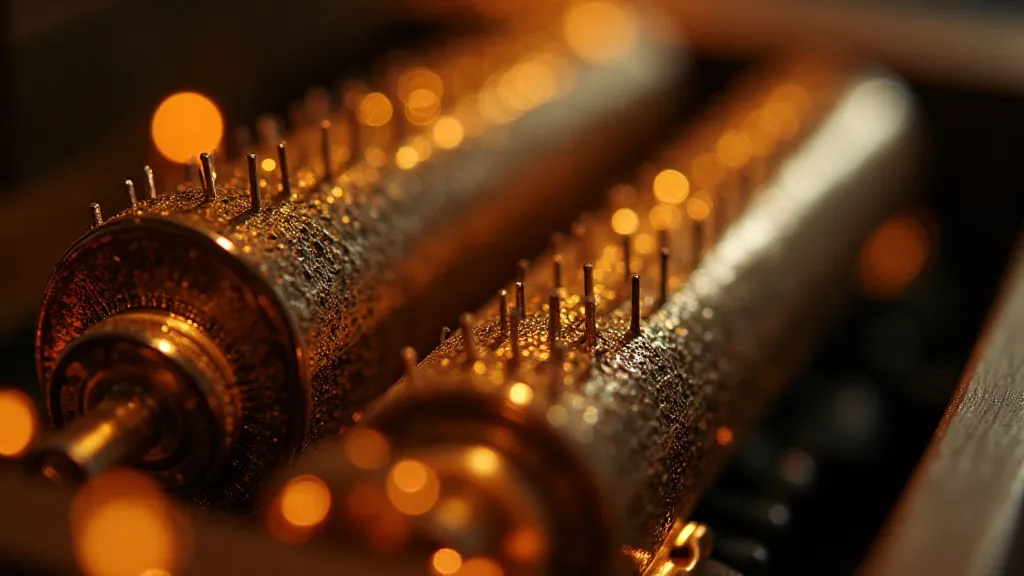
The Composers and Arrangements
While many associate antique music boxes solely with generic tunes, the reality is far richer. Many popular songs of the day were adapted for music box mechanisms. Composers like Johann Strauss II, with his waltzes, and Franz Schubert, with his lieder, were frequently featured. Arrangements were crucial. The original compositions were condensed and simplified to fit the limited space on the cylinder and within the mechanical constraints. This adaptation was a skill in itself, requiring a keen understanding of both music and mechanics.
Early music boxes primarily featured waltzes, polkas, and other dance tunes popular in European ballrooms. As technology advanced and musical tastes evolved, the repertoire expanded to include operatic excerpts, popular ballads, and even patriotic songs. The choice of music often reflected the intended market – more sophisticated tunes for wealthy consumers, simpler melodies for a broader audience.
The Mechanics and Musical Limitations
The music in antique music boxes isn’t simply a direct representation of the original song. The limitations of the cylinder and the pins significantly impacted the musical output. The pins, meticulously placed to strike the teeth of a metal comb, determined the notes played. The comb itself was a crucial element – its material, construction, and tuning drastically altered the tone quality.
Early cylinders offered limited dynamic range – the music was generally uniform in volume. Later improvements included multiple combs (often allowing for a richer, more layered sound) and more sophisticated pin placement techniques that attempted to mimic expressive nuances like vibrato. However, the mechanical nature of the process inherently restricted the music’s potential for subtlety compared to live performance.
Cultural Significance and Collecting
The music played by antique music boxes offers valuable insights into the cultural landscape of their time. They were symbols of luxury and refinement, enjoyed by the elite and increasingly accessible to the middle class. The melodies evoked feelings of nostalgia, romance, and sentimentality – values highly prized in the Victorian and Edwardian eras.
For collectors, the music itself is an essential part of the appeal. A rare music box playing a historically significant piece, or a uniquely beautiful arrangement, can dramatically increase its value. Understanding the musical context adds another layer of appreciation for these charming artifacts. It allows us to connect with the music and the people who enjoyed it, bridging the gap between the present and the past. The rarity of certain tunes is a challenge to the collector, but finding a unique and well-preserved musical piece is also the biggest reward.
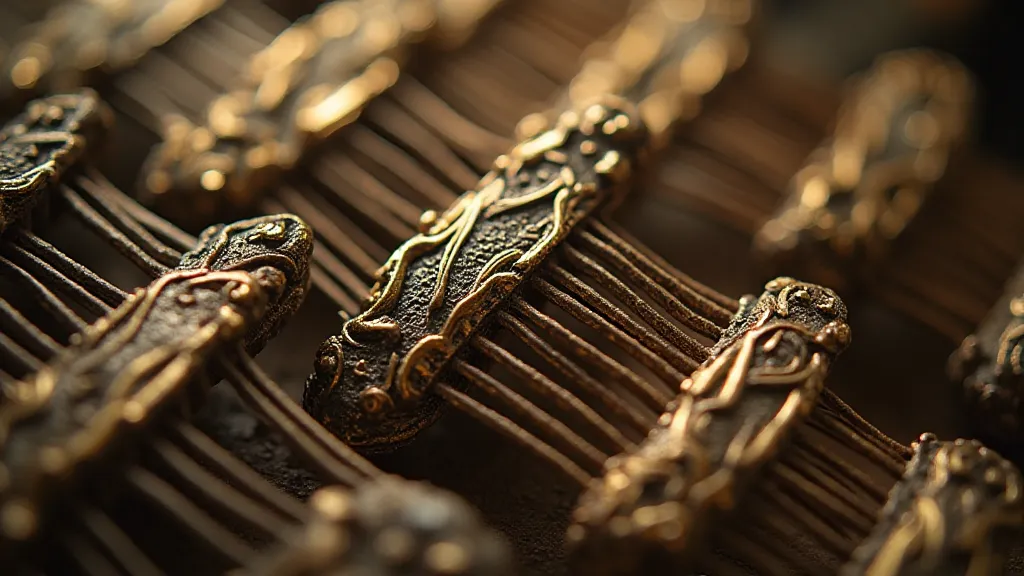
Preserving the Music
As these fragile artifacts age, preserving the music they produce becomes increasingly important. Gentle cleaning, careful handling, and proper storage are crucial to maintaining the integrity of the cylinders and combs. Documenting the music – recording the melodies, researching the composers – helps ensure that these sonic treasures are not lost to time.
